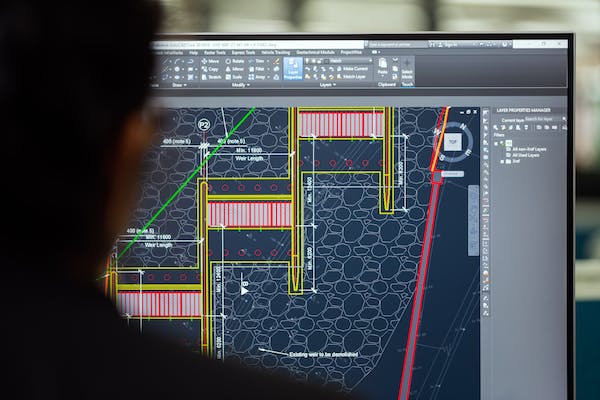Civil engineering has been an integral part of human civilization for centuries, contributing to the development and sustainability of our infrastructure. The discipline of civil engineering is constantly evolving with technological advancements, and there are several innovations in the field that are likely to shape the future of the industry. From smart infrastructure to green building practices, there are several trends and innovations that will revolutionize the way we approach civil engineering. And if you want to learn more about these things, here are a few ideas and concepts you should look into as soon as you can.

Smart infrastructure
One of the most significant innovations in civil engineering is the concept of smart infrastructure. Smart infrastructure involves incorporating advanced technology and data analytics to optimize the performance of existing infrastructure. This includes integrating sensors, cameras, and other IoT devices to collect data on infrastructure performance and identify potential issues before they become major problems. This technology has already been implemented in various cities worldwide, and it is expected to become even more widespread in the future. Smart infrastructure has the potential to increase efficiency, reduce maintenance costs, and enhance safety for both infrastructure users and maintenance personnel.
Green building practices
Sustainability is becoming increasingly important in civil engineering, and green building practices are a major trend in the industry. Green building practices involve using materials and methods that minimize environmental impact while maximizing energy efficiency. This includes using renewable energy sources, such as solar and wind power, and incorporating sustainable materials, such as bamboo and recycled materials. Green building practices not only help protect the environment, but they also reduce long-term operating costs and increase the value of a property.

Building Information Modeling (BIM)
A building or structure can be represented digitally by using the Building Information Modeling (BIM) technique. BIM combines data from the design, construction, and operation phases into a single digital model, enabling stakeholders to see a project’s complete lifecycle. BIM is growing in popularity in the construction sector and has the ability to completely change how we approach the design and construction of buildings. BIM can facilitate increased communication among stakeholders, help eliminate waste, and help reduce errors by offering a full view of the project. Talking to professionals in this field might help you take your BIM ideas to an even higher level, which is precisely what civil engineers in Australia are doing as well by talking to engineering consultants from Sydney who know everything there is to know about different engineering solutions and maximizing their effects.
Augmented and virtual reality
Augmented Reality (AR) and Virtual Reality (VR) are two technologies that have the potential to transform the way civil engineering projects are designed and constructed. AR and VR can provide a virtual representation of a building or structure, allowing stakeholders to visualize the project in a 3D environment. This technology can help reduce errors, increase collaboration among stakeholders, and improve communication between clients, architects, and engineers.

Advanced materials
Advancements in materials science have led to the development of new materials that can be used in civil engineering projects. These materials are not only stronger and more durable than traditional materials, but they are also more sustainable and environmentally friendly. Examples of advanced materials include self-healing concrete, which can repair cracks on its own, and aerogel, a highly insulating material that can be used to improve the energy efficiency of buildings.
Robotics and automation
Robotics and automation are transforming many industries,including civil engineering. Robotics and automation can be used to perform tasks that are dangerous or difficult for humans to perform, such as inspecting bridges and other infrastructure. Robotics can also be used in construction to automate tasks such as bricklaying and concrete pouring, reducing the need for human labor and increasing efficiency.
The future of civil engineering is exciting, with several innovations that have the potential to revolutionize the industry. From smart infrastructure to green building practices, these innovations will not only improve efficiency and reduce costs, but they will also help protect the environment and improve the quality of life for people around the world. As the industry continues to evolve, civil engineers will need to stay up to date with the latest technologies and trends to remain competitive and ensure that our infrastructure is at the highest level. This will help us reach better results and that is precisely what we are all hoping to see in the years and decades to come!
